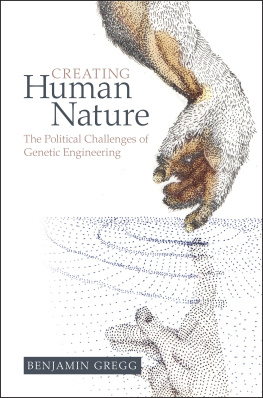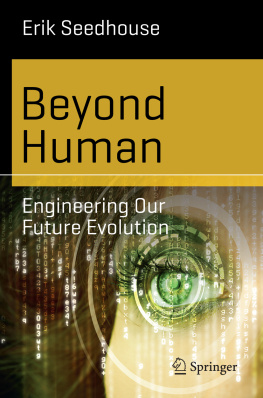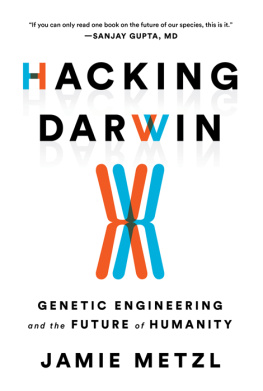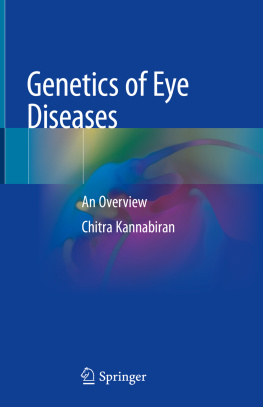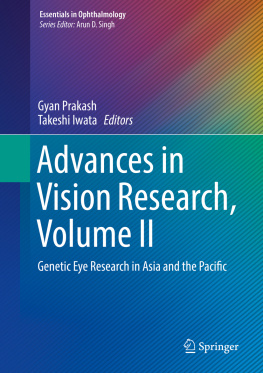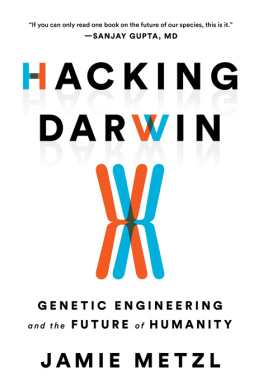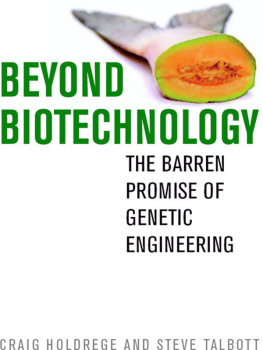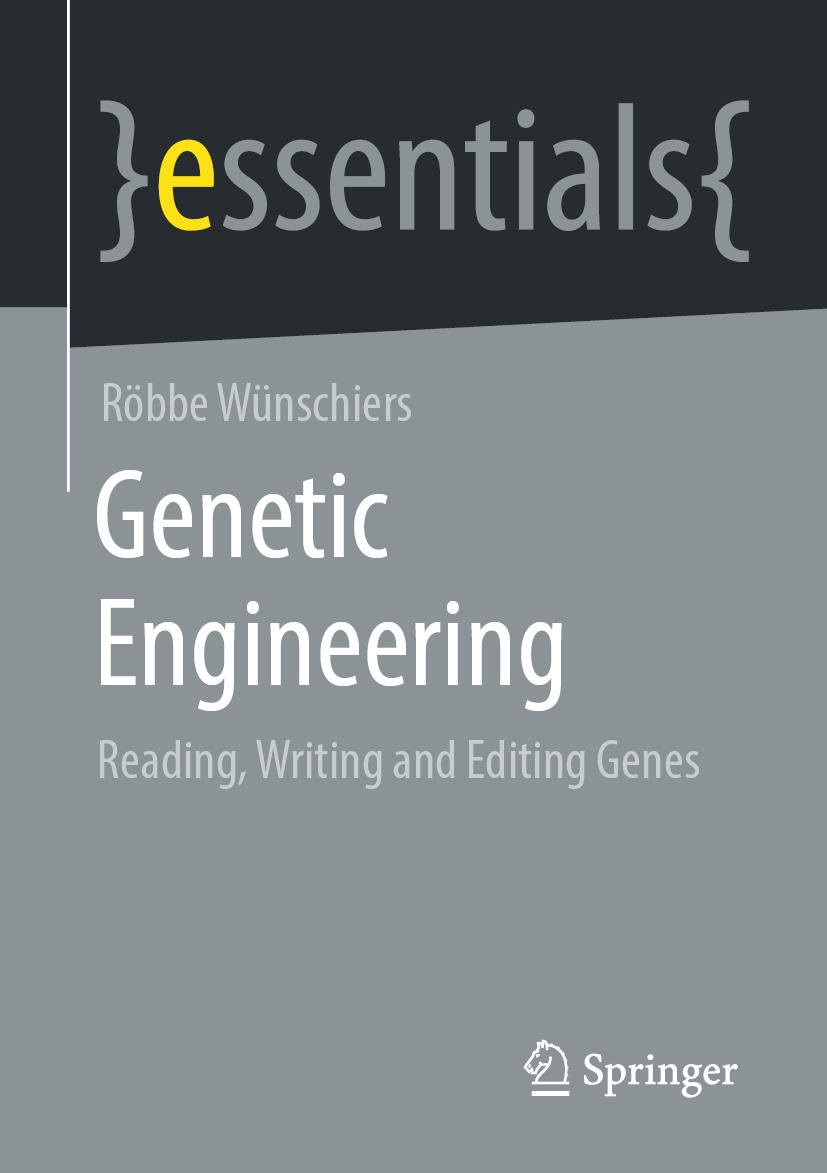Springer essentials provide up-to-date knowledge in a concentrated form. They aim to deliver the essence of what counts as "state-of-the-art" in the current academic discussion or in practice. With their quick, uncomplicated and comprehensible information, essentials provide:
an introduction to a current issue within your field of expertis
an introduction to a new topic of interest
an insight, in order to be able to join in the discussion on a particular topic
Available in electronic and printed format, the books present expert knowledge from Springer specialist authors in a compact form. They are particularly suitable for use as eBooks on tablet PCs, eBook readers and smartphones. Springer essentials form modules of knowledge from the areas economics, social sciences and humanities, technology and natural sciences, as well as from medicine, psychology and health professions, written by renowned Springer-authors across many disciplines.
More information about this subseries at http://www.springer.com/series/16761
Rbbe Wnschiers
University of Applied Sciences Mittweida, Mittweida, Germany
ISSN 2197-6708 e-ISSN 2197-6716
essentials
ISSN 2731-3107 e-ISSN 2731-3115
Springer essentials
ISBN 978-3-658-32402-5 e-ISBN 978-3-658-32403-2
https://doi.org/10.1007/978-3-658-32403-2
This book is a translation of the original German edition Gentechnik by Wnschiers, Rbbe, published by Springer Fachmedien Wiesbaden GmbH in 2019. The translation was done with the help of artificial intelligence (machine translation by the service DeepL.com). A subsequent human revision was done primarily in terms of content, so that the book will read stylistically differently from a conventional translation. Springer Nature works continuously to further the development of tools for the production of books and on the related technologies to support the authors.
Springer Fachmedien Wiesbaden GmbH, part of Springer Nature 2021
This work is subject to copyright. All rights are reserved by the Publisher, whether the whole or part of the material is concerned, specifically the rights of translation, reprinting, reuse of illustrations, recitation, broadcasting, reproduction on microfilms or in any other physical way, and transmission or information storage and retrieval, electronic adaptation, computer software, or by similar or dissimilar methodology now known or hereafter developed.
The use of general descriptive names, registered names, trademarks, service marks, etc. in this publication does not imply, even in the absence of a specific statement, that such names are exempt from the relevant protective laws and regulations and therefore free for general use.
The publisher, the authors and the editors are safe to assume that the advice and information in this book are believed to be true and accurate at the date of publication. Neither the publisher nor the authors or the editors give a warranty, expressed or implied, with respect to the material contained herein or for any errors or omissions that may have been made. The publisher remains neutral with regard to jurisdictional claims in published maps and institutional affiliations.
Responsible Editor: Sarah Koch
This Springer imprint is published by the registered company Springer Fachmedien Wiesbaden GmbH part of Springer Nature.
The registered company address is: Abraham-Lincoln-Str. 46, 65189 Wiesbaden, Germany
Preface
Dear Reader
Just as genetic engineering has revolutionized our everyday life and science is in danger of drowning in data, the Internet is also revolutionizing our everyday life. Actually, one could be informed about everything, alone, there is not enough time and sometimes not the right access. With this essential I would like to offer a small insight into the fascinating and controversial world of genetic engineering. Kant asks: What can I know?What should I do?What can I hope?What is man?I would like to contribute to the first question. The second question you must decide for yourselfand probably on a case-by-case basis, because we must learn to think and argue in colors, not black and white. I hope that your thoughts on genetic engineering will not be guided by ideologies and feuds, but by a witty weighing up of the benefits and risks. I also hope that you will keep putting your decisions to the test. Yes, Homo sapiens is a wise man, but he is also a tinkerer, one with a larger ecological footprint than a sauropod, which has also released a lot of greenhouse gas.
To the Content
This essential should serve as an introduction to a contemporary public discussion on genetic engineering and its application..
What it is all About
Genetic engineering has reached the publicnot only in the form of products from the pharmaceutical, food and detergent industries, for example, but also as a political issue. At the latest since the announcement in 2018 that CRISPR/Cas gene edited twins were born in China or the announcement in 2017 that the Bayer Group acquires the seed and crop protection company Monsanto, almost everyone is aware of at least two applications of genetic engineering: gene therapy, in this case even in the germline of human embryos, and the design of glyphosate-resistant Roundup Ready plants. The debate on genetic engineering has spread from the science section of newspapers to the political and business sections and even to the arts pages. And this is very good.
Nevertheless, the public discussion on genetic engineering seems to me to be suffering from a number of problems. For example, it is often based on old pictures and methods and is usually conducted in black and white. A strict distinction must also be made between the technology itself, its application and its marketing. All too often, the extent to which genetic engineering already penetrates and will penetrate our everyday life is also neglected. Although genetic engineering is already deeply rooted in our everyday consumer lives, the near future will offer even more personal contacts with genetic engineering: Should I undergo gene therapy; should I clone my deceased dog; should I select my offspring by carefully selecting my eggs or sperm?
Rbbe Wnschiers
What You Can Find in This essential
An insight into what reading and editing the human genome means to us.
An overview about marketing genetic information and how the environment and life style are affecting it.
An outlook on how the writing of genetic information is expected to revolutionize biotechnology and how everyone can contribute to it.
Contents
Footnotes
Wilkinson DM, Nisbet EG, Ruxton GD (2012) Could methane produced by sauropod dinosaurs have helped drive Mesozoic climate warmth? Curr Biol 22:R292R293. doi: 10.1016/j.cub.2012.03.042 .
The author is grateful that parts of his inquiries were made possible by funds from the Innovative Hochschule program, sub-project Saxony5, funded by the Federal Ministry of Research and Education.



